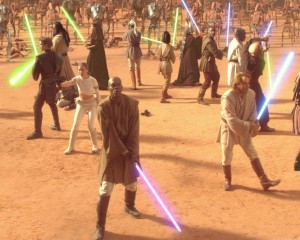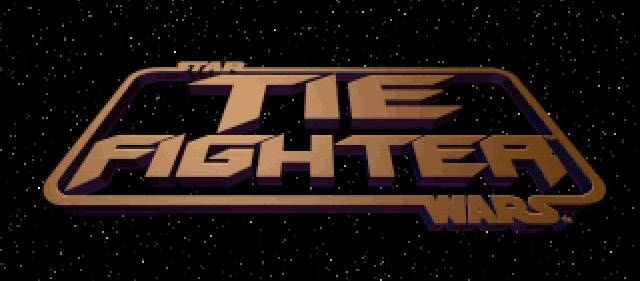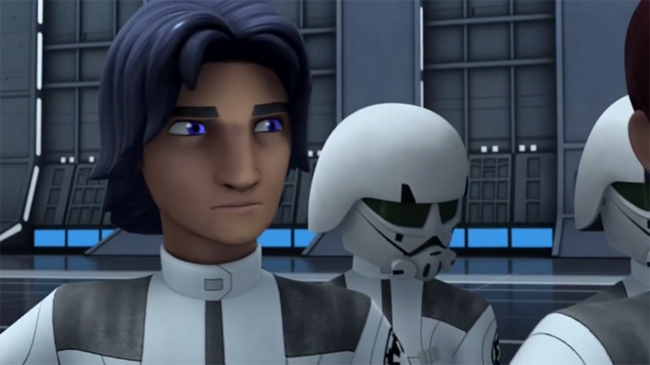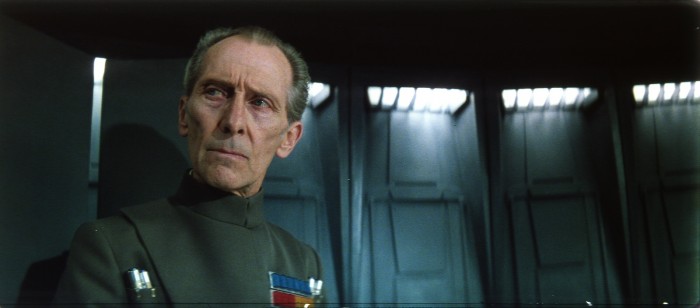 The lightsaber: the iconic weapon of the Jedi Knight. An elegant weapon for a more civilized age, able to deflect blaster bolts and cut through armor plating, and you know you’ve definitely made the “vshhhhh” noise while turning on a flashlight and swinging it around. Lightsabers are showy and surprisingly useful weapons, and reinforce the fantasy element of Star Wars. We see many versions of lightsaber combat, and a look at a duel from a mechanical perspective makes it all the more impressive.
The lightsaber: the iconic weapon of the Jedi Knight. An elegant weapon for a more civilized age, able to deflect blaster bolts and cut through armor plating, and you know you’ve definitely made the “vshhhhh” noise while turning on a flashlight and swinging it around. Lightsabers are showy and surprisingly useful weapons, and reinforce the fantasy element of Star Wars. We see many versions of lightsaber combat, and a look at a duel from a mechanical perspective makes it all the more impressive.
Let’s start with the basics of lightsabers. They operate like many different types of bladed weapons, though European longsword and katana have been the greatest influence. Lightsabers can be one- or two-handed weapons, can be dual-bladed, can be dual-wielded either as two normal-size lightsabers or a normal one and a shoto, and have great room for individual variation in style. Lightsabers can be extendable, can be waterproof, and can be heirlooms as well as originally made. From a combat standpoint, lightsabers are among the most versatile weapons we ever see. Because they are unique to the user, and able to accomodate so many species of Jedi and Sith, there are infinite ways to fight with a lightsaber. We see styles that seem more like modern fencing, styles that emphasize precision and control. There are some who are more flashy in their fighting, embracing Force-enhanced acrobatics. Against droids and blasters, some Jedi manage to use their lightsabers as more defensive weapons. With seven separate forms, the Jedi of the Old Republic refined their lightsaber skills into an impressive and deadly art, until much of that knowledge was lost with Order 66. Read More




